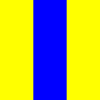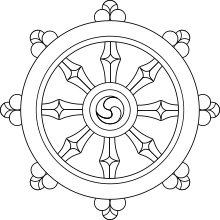8
A number is divisible by 8 if its last three digits, when written in decimal, are also divisible by 8, or its last three digits are 0 when written in binary.
A polygon with eight sides is an octagon.[4] Figurate numbers representing octagons (including eight) are called octagonal numbers.
A polyhedron with eight faces is an octahedron.[5] A cuboctahedron has as faces six equal squares and eight equal regular triangles.[6]
The number 8 is involved with a number of interesting mathematical phenomena related to the notion of Bott periodicity. For example, if O(∞) is the direct limit of the inclusions of real orthogonal groups
Clifford algebras also display a periodicity of 8.[9] For example, the algebra Cl(p + 8,q) is isomorphic to the algebra of 16 by 16 matrices with entries in Cl(p,q). We also see a period of 8 in the K-theory of spheres and in the representation theory of the rotation groups, the latter giving rise to the 8 by 8 spinorial chessboard. All of these properties are closely related to the properties of the octonions.
The lowest-dimensional even unimodular lattice is the 8-dimensional E8 lattice. Even positive definite unimodular lattices exist only in dimensions divisible by 8.



